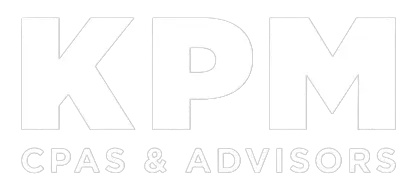Job postings are no longer as simple as they once were. In the past, most “want ads” appeared in newspapers or trade publications before the influence of the internet. They were often very short, and all followed a similar format.
Now, job seekers are primarily online. They also tend to carry considerable expectations. In order to attract attention and drive engagement, today’s job postings must find the right balance between providing hard, informative data and using enticing language. This recent survey looks at interesting insights into the current state of affairs.
The Dreaded “Icks”
Are your job postings inadvertently turning off candidates? That’s the premise of a March 2025 study by U.K.-based consultants StandOut CV. The firm surveyed 1,092 adults in October 2024 to discover what job applicants find “most off-putting when applying for a role.” Although living and working across the pond, the survey’s participants served up some interesting food for thought in their answers.
For example, 65.5% of the study’s respondents ranked employers offering only the minimum annual leave allowance as the top “ick” in job listings. Of course, U.S. employers aren’t federally required to provide paid time off (PTO), though the Family and Medical Leave Act does mandate up to 12 weeks of unpaid leave for qualifying reasons. Nonetheless, the message is clear: Workers want to see generous PTO policies and respect for work-life balance in postings.
The second biggest ick reported by the study, with 64.6% of respondents chiming in, is employers requiring or heavily encouraging applicants to engage with social media content from the organization or its employees. This suggests that, even when a job is on the line, candidates don’t want to be forced to socialize — even digitally.
The third biggest ick cited is something most U.S. employers are familiar with by now: pay transparency. That is, 63.8% of respondents were disappointed when a job listing contained no salary information. Bear in mind that many states now have pay transparency laws on the books. So, be sure staff members who are creating job postings know the rules in your location, as well as what’s become standard in your industry.
Best Practices
How can you create effective job postings that won’t give candidates the dreaded icks? Here are some best practices to consider:
Focus on clarity. Start postings with a concise, engaging summary of the role and why it matters to your organization. Avoid jargon or vague terms like “rock star” or “hustle.” Instead, use plain language that describes job responsibilities, measurable expectations, and how the position contributes to your mission and vision.
Appeal to what they value. Highlight what candidates care about most: compensation, benefits, flexibility, and culture. As mentioned, today’s job seekers value pay transparency, so provide at least a salary range for the position. Also, clearly describe your organization’s PTO policy and fringe benefits, such as its health insurance and retirement plan. To both attract applicants and build trust, be transparent about everything you offer.
Be authentic. Find a voice that appropriately represents your distinctive employer brand. But keep it professional and inclusive. Define your organization’s values without slipping into buzzwords or clichés. Consider including quotes or brief testimonials from current employees to give job postings a human touch.
Make it easy. Link job postings to a straightforward and intuitive application process. Provide clear instructions, minimize unnecessary steps, and enable mobile-friendly online submissions. Frustrating digital hurdles can discourage strong candidates before they even hit “submit.”
Put Your Best Foot Forward
It’s easy to make mistakes when creating job postings in today’s competitive hiring market. Take the time to craft yours with care, including just enough information and highlighting your organization’s distinctive traits. We can help you align your hiring approach with your financial goals and strategic objectives.


